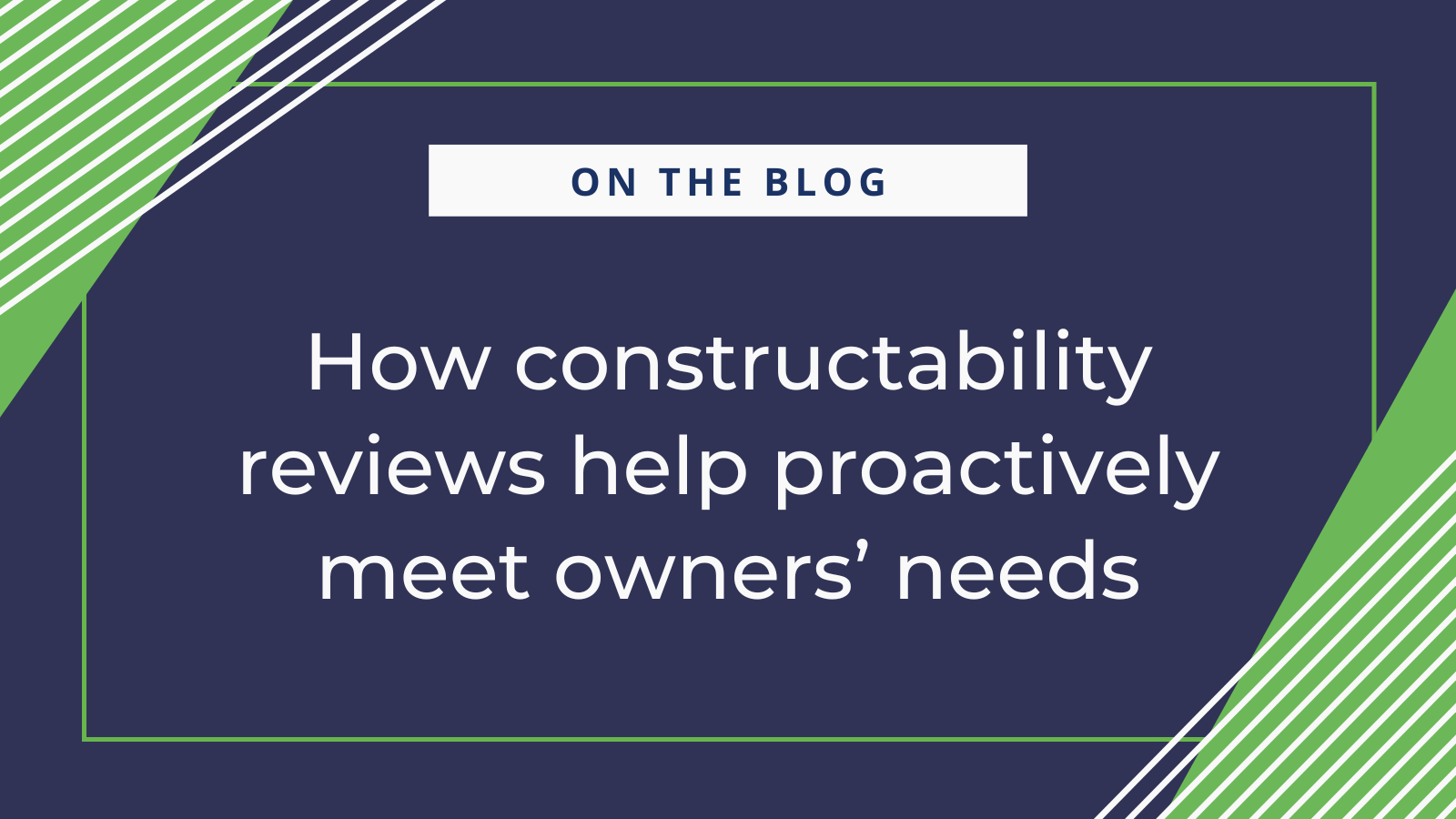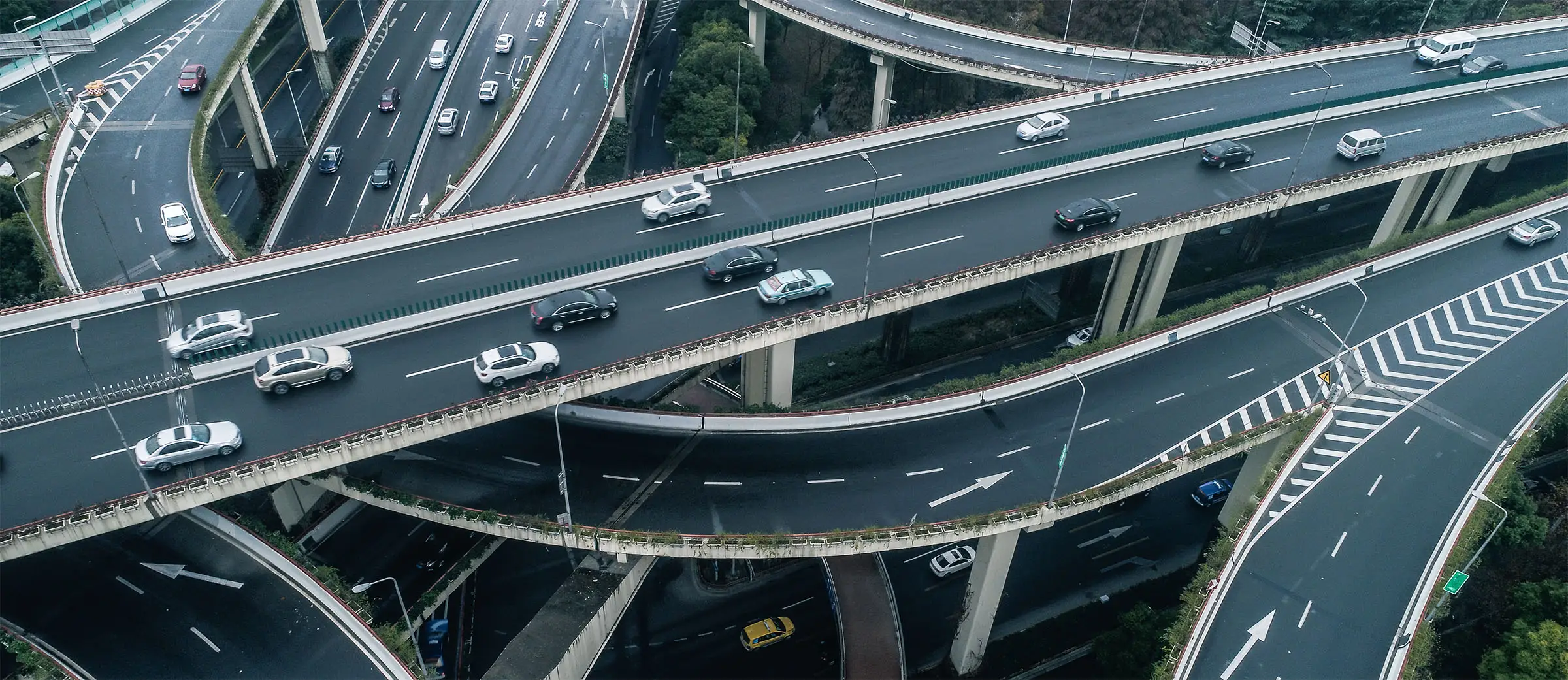Build it better: How constructability reviews help proactively meet owners’ needs

For over 30 years, Connico has reviewed the constructability and buildability of projects. Because our staff have spent significant time in the field, we are able to perform these reviews with the perspective of a contractor, giving a unique insight into the risks and challenges the job might face. By looking at the project in this manner, many potential problems can be alleviated before there’s ever a time and cost impact to the project. Especially in today’s market, it’s important to plan ahead to solve problems before they have a chance to make a negative impact!
This is why Connico has developed a unique process for what we call a constructability review. This comprehensive procedure includes an in-depth assessment that reduces some of the uncertainty and addresses potential challenges during the project’s design and phasing. In this post, we’re answering common questions from the industry about how these reviews create short and long-term value and can help you with your next project!
What’s included in a constructability review?
Reviews include an in-depth analysis of all project construction elements, including how the project elements fit together and what it would take for a contractor to execute the project as described in the contract documents. Remember that contract documents include not just project plans and technical specifications, but also general and special provisions, design reports, and any other available data, assessed together as a single contract. These in-depth reviews identify conflicts, confirm consistency, and ensure that all these various documents support each other to ultimately meet the needs of the owner upon the project’s completion.
When should constructability reviews take place?
It’s critical for constructability reviews to occur prior to the issue of bid documents so challenges can be spotted before a contractor adds the cost for risk mitigation to your bid. We recommend performing reviews at varying levels of design, from conceptual plans to final construction documents, in order to get the most thorough overview and analysis of your project. If, in an extreme case, it becomes necessary to do this exercise only once during the design of the project, then doing it at 60% design or Design Development is the optimum time. This allows time to make any needed changes to the design before the scope develops too far, helping address possible issues well in advance of commitment to all design ideas. Constructability reviews also allow buildability improvements to be worked in and help clarify the project’s requirements for all potential contractors - all of which help reduce risk (which has a bearing on price!) on bid day.
What should be examined during a constructability review?
During a review, we assess a wide variety of project elements, including volume of work, construction sequencing and techniques, scheduling constraints, operational considerations and site access, contractor capabilities and possible production rates, and material availability. We will check for whether the documents make sense: for example, do the limits of pavement demolition match the limits on the new paving sheets? We review how these documents reference one another: for example, whether the schedule constraints identified in the provisions match those in the plans. We even examine the small details, like consistency of plan notes, accuracy of references to details, and adherence to industry best practices in documentation. With our knowledge of federal, state, and owner-specific standards and regulations, we have the ability to help ensure contract documents and project requirements meet compliance criteria.
We take the approach that our task is to build the project conceptually, prior to its being built in reality, to see how all work elements fit together and verify they integrate well with each other to create a final project that fully meets the owner’s expectations.
Are there other best practices to keep in mind when conducting constructability reviews?
One best practice is collaboration! Conducting reviews in a collaborative online session, for example, allows for a variety of input and streamlined information transfer during the process. All stakeholders have the ability to weigh in on these types of sessions, and comments and notes can get multiple sets of eyes to make sure nothing is missed. Comments, suggestions, and questions are tabulated and tracked in real time, creating a clear path for resolution and the opportunity for discussion.
Another best practice is early involvement. As discussed above, waiting too long to tackle a thorough constructability review can result in the need to make major changes to a project, costing both time and money. Starting this collaborative process early puts you ahead of the curve!
Each step of the review process is critical to the construction project’s success, and every detail matters. By working with an experienced team to conduct a constructability review, owners can have peace of mind that project delays, surprises, and changes are minimized – and that their project is positioned for success!
David Hunley is Vice President and Chief Development Officer at Connico. He has been a member of the team since 1992. Contact him at dhunley@connico.com.



